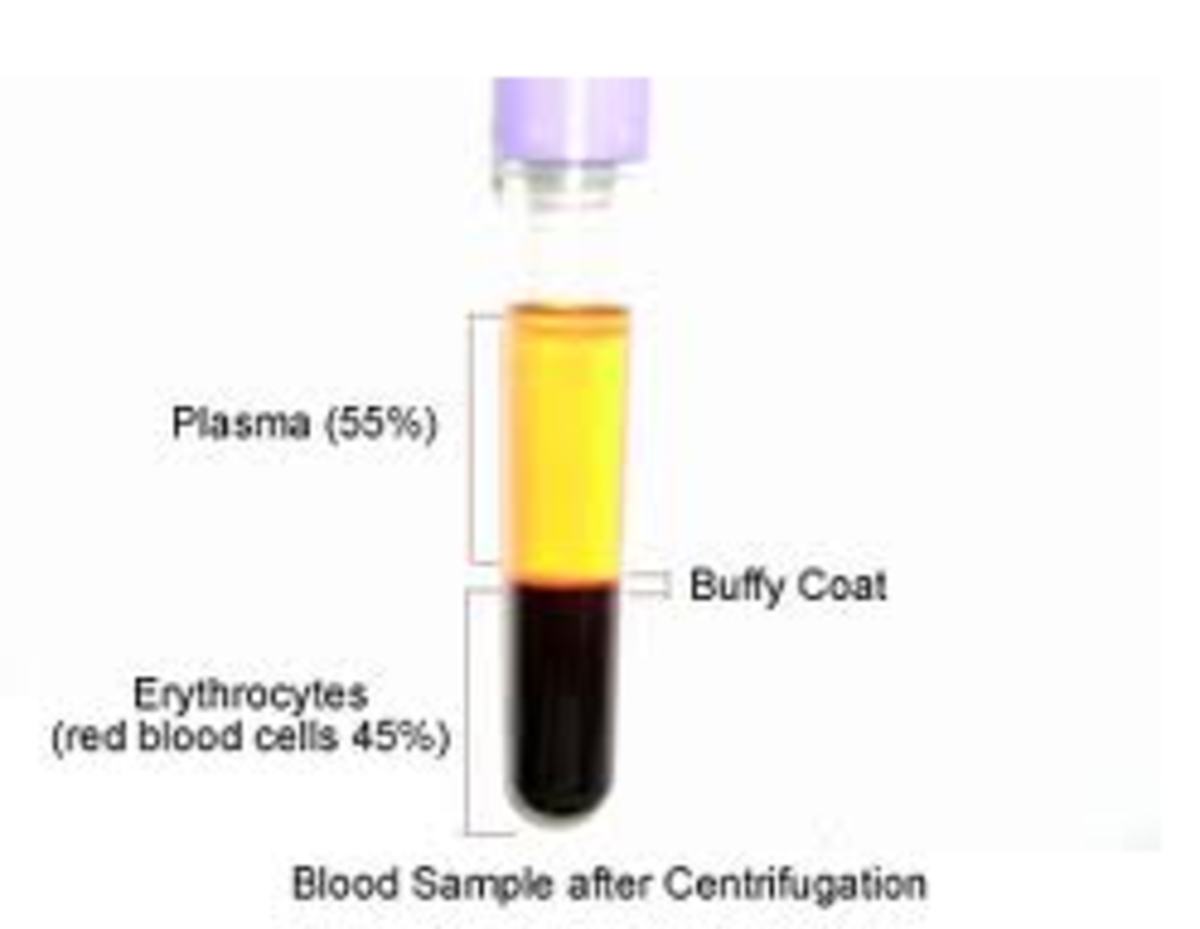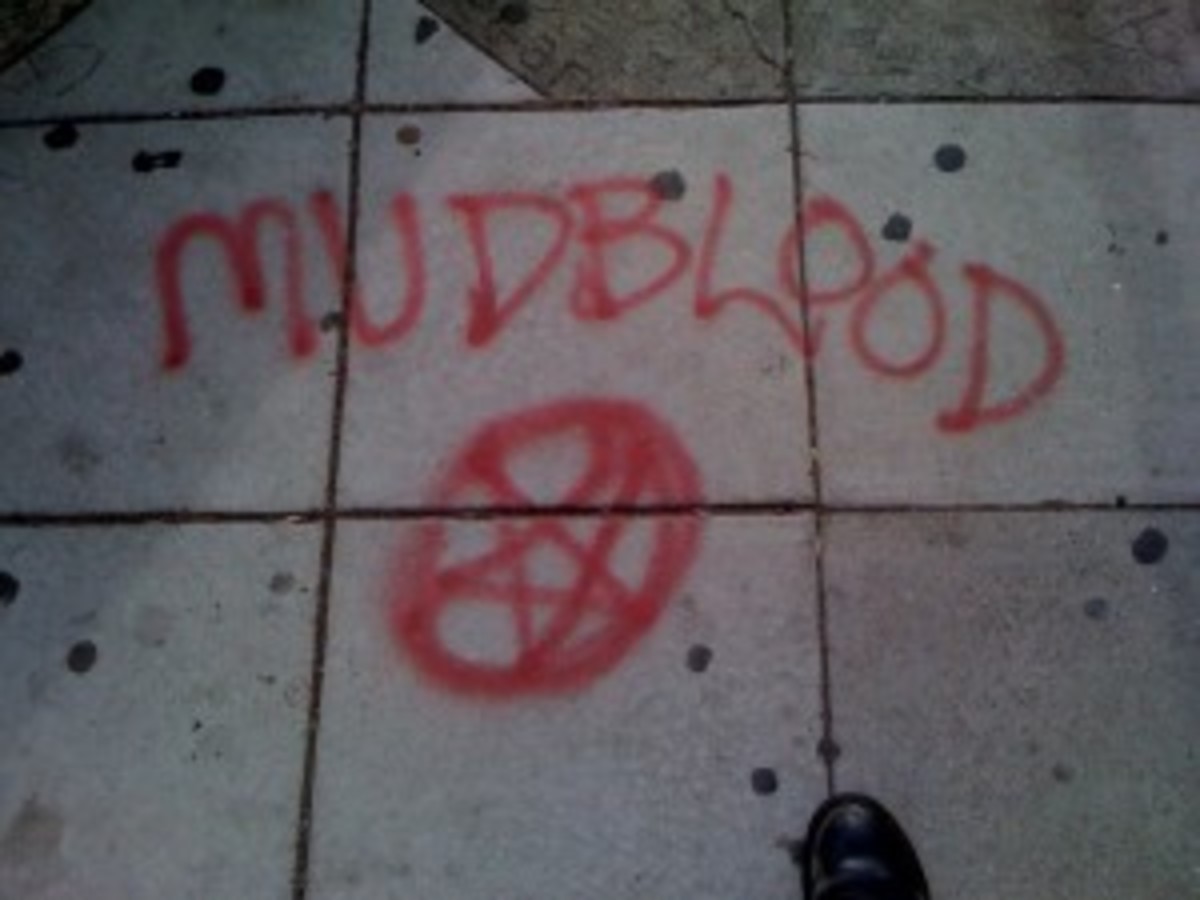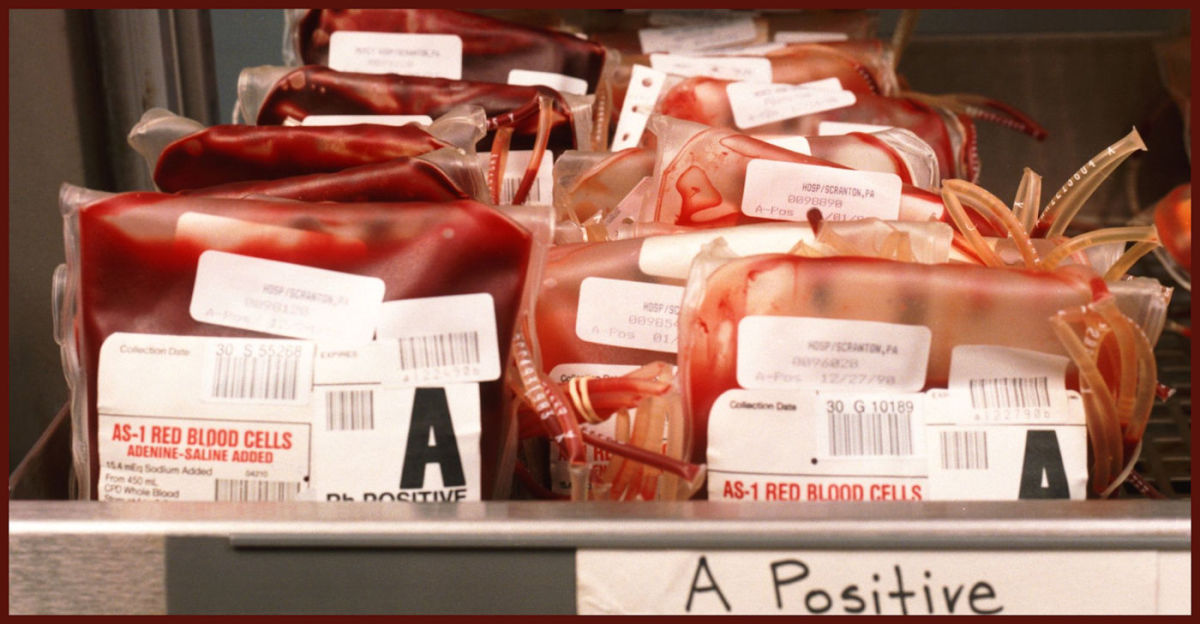Order of Blood Draw
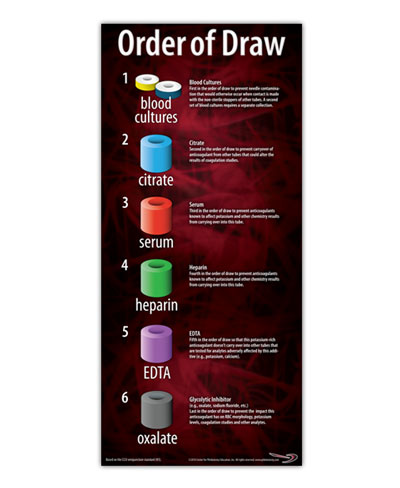
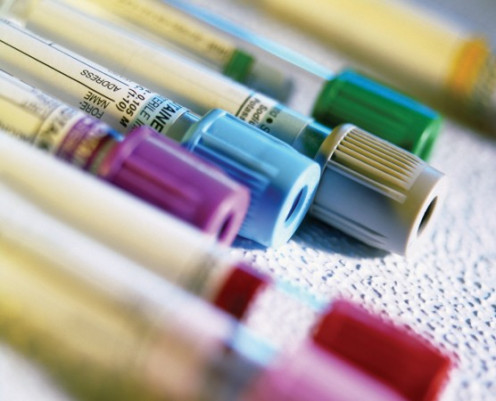
Order of Draw
In phlebotomy blood has to be collected in the right "color" tubes and in the right "order" to prevent cross-contamination from other tubes; the order of draw is extremely important. Different tubes have different additives in them that do different things. If cross-contamination occurs, the results can be altered and it can give the doctor a wrong reading. Each facility is different so make sure you follow your own policies but for the most part this is the order of draw.
Here is the order of draw.
Order of Draw:
- Blood Cultures (always come first because the skin has to be sterile in order for the blood to be properly collected. If the skin is not thoroughly cleansed it can give a false +)
Blood cultures are done to check if there is any infection in the blood. The MD's usually order this if the patient isn't feeling well, if they have a high temp, or if there is an infection on a limb or anywhere else in the body.
Usually the MD's order a set of blood cultures and you need to get the blood from two different sites on the body. One set is usually obtained from the left side and the other from the right. You also need to wait 10-15 minutes between each set. I know that it can be impossible to wait or to even get the two sets from different sides. The skin is first cleansed with chlorohexidine, this is done to make sure the skin is disinfected and that the bacteria on the skin won't alter the results and give you a false positive.
- Blue Top Tube- Sodium Citrate Additive
The blue top tube is usually the tube to be drawn when they are checking coagulation testing. In other words the clotting time.
The blue top tube has Sodium Citrate additive in it. This tube needs to be filled all the way to the top and a discard tube should be drawn. A discard tube is a tube that you need to draw first to get rid of all the air in the tubing and then thrown away (this is only down with butterfly needles. These two things need to be done in order for the blood-to-citrate ratio to be right. If these things are skipped, the results will be altered.
- Red Top Tube- Whole Blood
This tube is usually order when the MD needs to check for unique tests like transmittable diseases such as HIV, hepatitis, etc...
- Gold Top Tube- Serum Separator Tube (SST)
- Green Top Tube- Lithium Heparin Additive
The additives in green top tubes are anti-coagulants. This tube is used for glucose, complete panels which includes electrolytes and BUN, creatinine, and other tests that require whole blood or plasma.
- Pink Top Tube- EDTA
Pink top tubes are ordered for blood bank collections. The are checking for the specific blood type. This is usually ordered if they are going into surgery for a "just in case" basis or they are getting blood transfused.
- Lavendar Top Tube- EDTA Additive
The EDTA additive does not alter the size of the cell so it can be used for testing such as a CBC (complete blood count) and also for blood bank.
- Gray Top Tube- NAFL, Potassium Oxalate
The gray top tube is used for lactic acid results and it is usually put on ice.
Try to memorize the order of draw, it will definitely help you at your job. Keep a note card to help you out so you don't forget and keep it in your pocket for reference (see below). When I started working as a phlebotomist I had a cheat sheet in my pocket and when I had a test I wasn't aware of I would look at it to see what it was. It came in handy a lot of the times. Patients do ask what they are being tested for and you don't want to look like a fool in front of them. Once you start working with these tests you will slowly start to memorize these and it will be second nature to you.
I hope that I help some of you start your career on the right foot!


